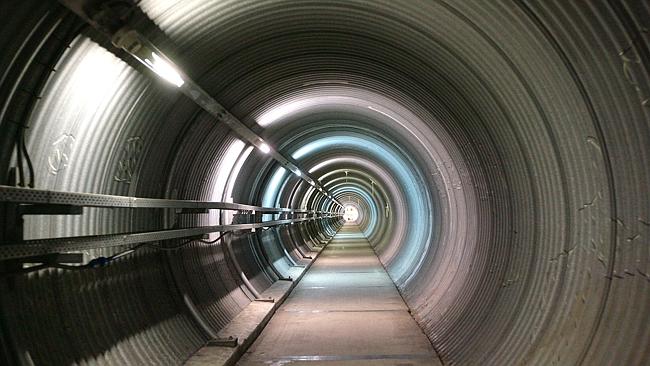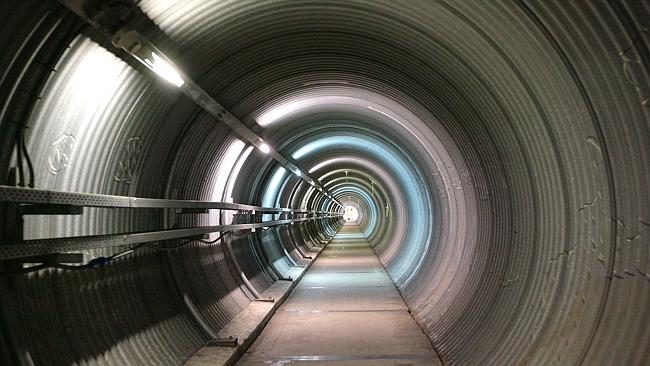
China to build the world’s longest underwater tunnel
123KM, $40.5 billion, will include three passageways – one for cars, one for trains and the last for maintenance. To be finished in 2026.
China is to build the world’s longest underwater tunnel, double the length of the current record holder.
CHINA’S ambitions haven’t slowed with its economy as it gears up for another massive engineering feat.
It wants to build the world’s longest underwater tunnel at 122 kilometres, more than double the current record holder.
The tunnel will run under Bohai Bay between the northern city of Dalian and Yantai on the east coast, according to a report in The Telegraph.
The mantle of longest underwater tunnel in the world is currently held by Japan with the Seikan Tunnel, which clocks in at 53.9 kilometres. But it won’t hold the title for long as Switzerland is planning to open the Gotthard Base Tunnel next year. At 57.1 kilometres, it will just pip the Japanese.
But China’s gargantuan project will more than double any existing tunnel. And it’s going to be worth it, estimated to shave 1,287 kilometres off the current journey between the two cities it will connect. It will also form a link in a high speed rail line from China’s north to the south.
It’s hardly the first time China has embarked on such a mammoth project. Starting with 21,000 kilometre Great Wall, the world power has also built the world’s largest high speed rail network, longest bridges and towering skyscrapers.
But building the tunnel won’t be without its challenges. The area around Bohai Bay is prone to earthquakes and the tunnel will run across two fault lines. Engineers are looking to the Channel Tunnel between the UK and France as an example.
Work is expected to start in 2015 or 2016.

A shipyard is silhouetted against the rising sun in Dalian, Liaoning province, Janaury 28, 2014.

The sea tunnel, which will reportedly cost $40.5 billion, will include three passageways – one for cars, one for trains and the last for maintenance – all drilled through hard rock 100 feet below the seabed. Vertical shafts will also be dug on islands along the route to provide ventilation.



Leave a Reply